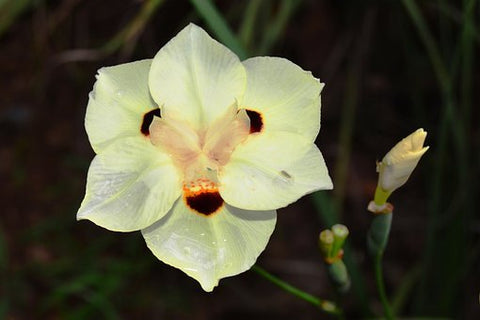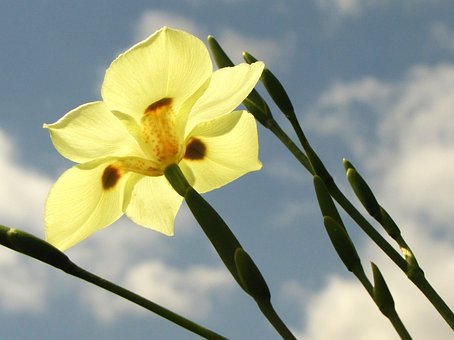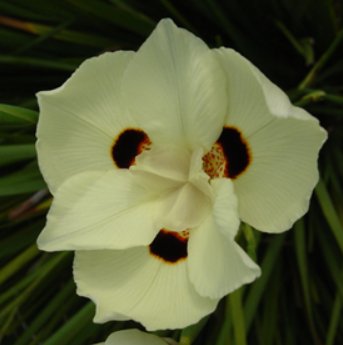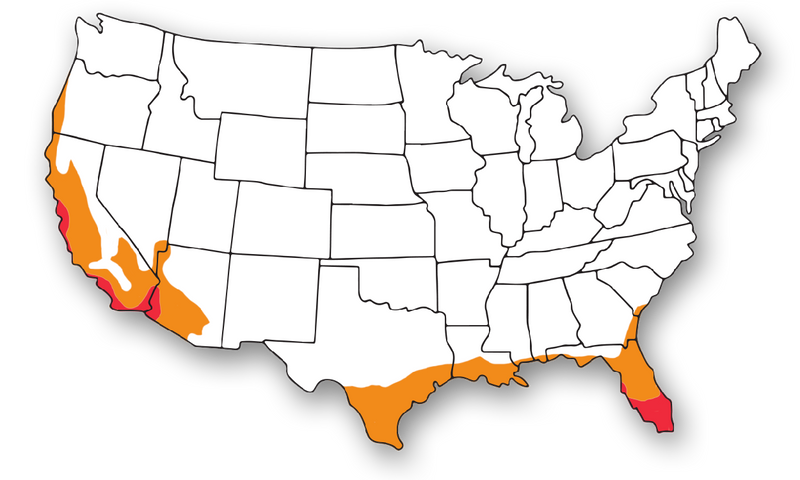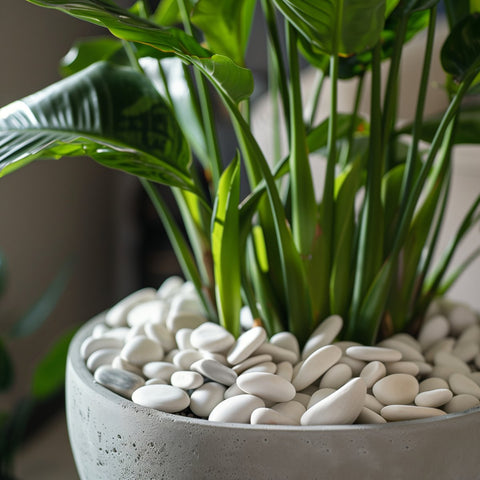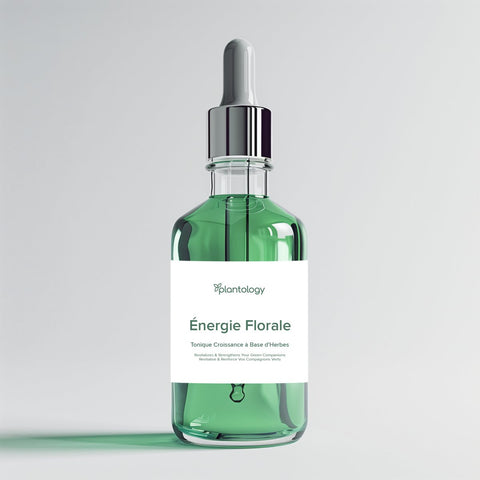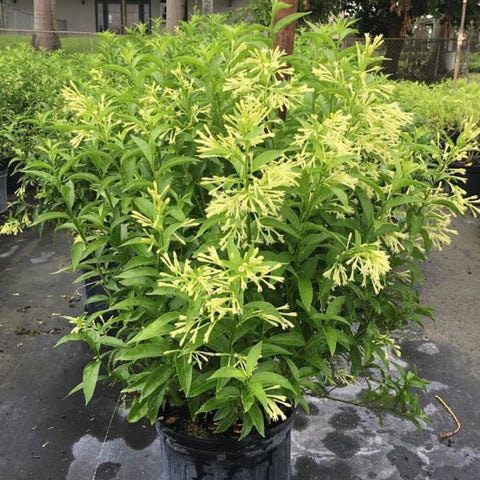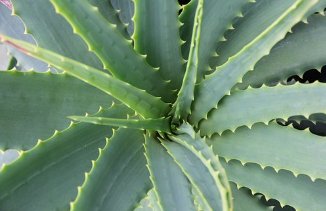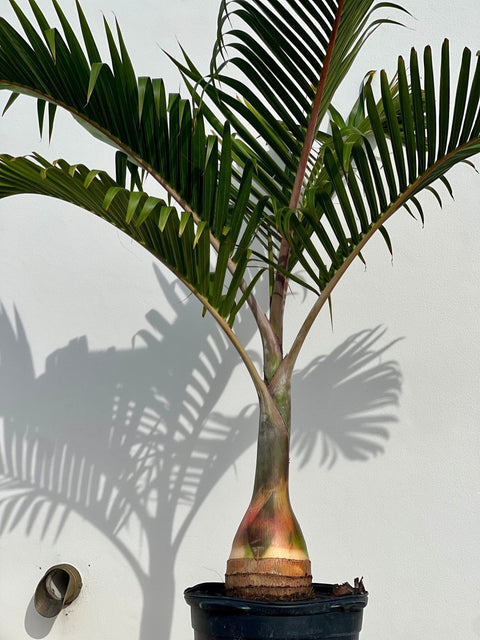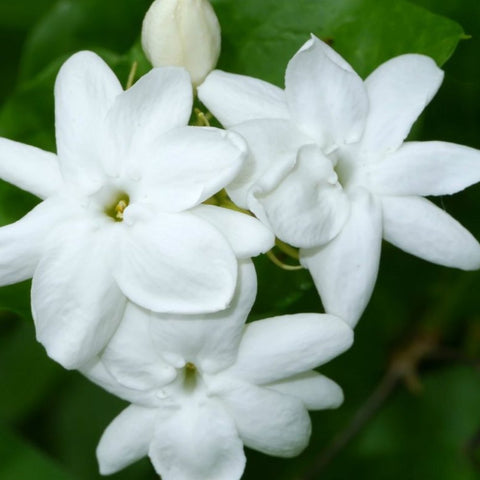Iris Yellow African: A Stunning Addition to Your Garden
Looking for a vibrant and eye-catching plant to add to your garden? Look no further than the Iris Yellow African! With its bright yellow blooms and striking foliage, this plant is sure to be a showstopper in any landscape.
How to Grow Iris Yellow African
Iris Yellow African thrives in full sun to partial shade and prefers well-draining soil. Plant the rhizomes in the fall, about 4 inches deep and 12 inches apart. Water regularly during the growing season, but be careful not to overwater as this can lead to root rot.
Care Tips for Iris Yellow African
To keep your Iris Yellow African healthy and thriving, be sure to fertilize in the spring and fall with a balanced fertilizer. Deadhead spent blooms to encourage new growth and remove any damaged or diseased foliage promptly.
Uses for Iris Yellow African
Iris Yellow African is a versatile plant that can be used in a variety of ways. Plant it in borders, rock gardens, or containers for a pop of color. It also makes a stunning cut flower for arrangements.
Planting Tips for Iris Yellow African
When planting Iris Yellow African, be sure to choose a location with well-draining soil and plenty of sunlight. Plant the rhizomes in the fall, about 4 inches deep and 12 inches apart. Water regularly during the growing season, but be careful not to overwater as this can lead to root rot.
Maintenance of Iris Yellow African
To keep your Iris Yellow African looking its best, be sure to fertilize in the spring and fall with a balanced fertilizer. Deadhead spent blooms to encourage new growth and remove any damaged or diseased foliage promptly.
Pests and Diseases of Iris Yellow African
Iris Yellow African is generally resistant to pests and diseases, but it can be susceptible to iris borer and fungal diseases in wet conditions. To prevent these issues, be sure to plant in well-draining soil and avoid overwatering. If you do notice any signs of pests or disease, treat promptly with an appropriate fungicide or insecticide.
In conclusion, Iris Yellow African is a stunning and versatile plant that is sure to add a pop of color to any garden. With proper care and maintenance, it will thrive and provide years of enjoyment.
Frequently asked questions
When planting Iris Yellow African (Dietes bicolor), maximizing cost-effectiveness is key to creating a beautiful garden while staying within budget. To achieve this, consider the following tips: 1. Choose the right location: Ensure your planting area receives adequate sunlight and has well-draining soil to promote healthy growth without the need for expensive amendments. 2. Buy in bulk: Purchasing Iris Yellow African plants in larger quantities can often result in cost savings per plant. Consider teaming up with friends or neighbors to place a bulk order and split the cost. 3. Proper maintenance: Regularly watering, mulching, and fertilizing your Iris Yellow African plants can help prevent costly issues like pest infestations or diseases. Additionally, dividing mature plants every few years can increase their vitality and overall longevity, saving you money in the long run. In conclusion, maximizing cost-effectiveness when planting Iris Yellow African involves thoughtful planning, proper maintenance, and strategic purchasing decisions. By following these tips, you can create a stunning garden without breaking the bank. Remember to prioritize the health and well-being of your plants to ensure they thrive for years to come.
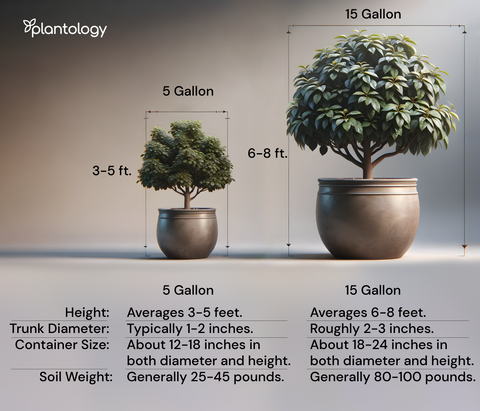
Free Shipping Over $150
Only $12 flat rate on orders under $150
Healthy Arrival Guarantee
Plants arrive healthy or we replace them free

